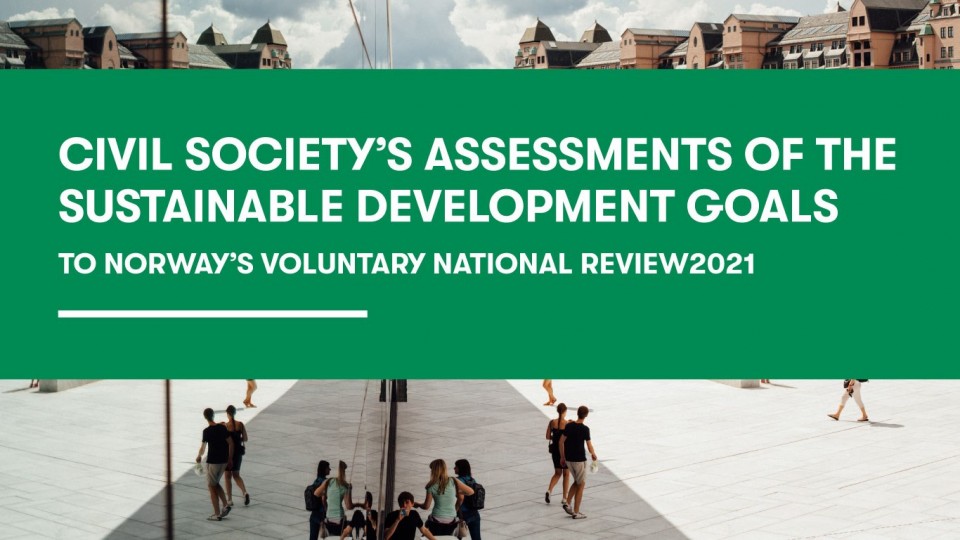Norwegian Forum for Environment and Development (ForUM), a network of over 50 organizations working on development, environment, human rights and peace, was given the task to coordinate the contributions. More than 80 civil society actors participated in one or more of the 17 working groups responsible for co-writing the assessment of each goal.
The assessments will be a part of the official report, alongside the Governments assessments. ForUM hopes that this process is the start of a trend with better engagement of stakeholders, and that the recommendations in their assessments will make Norway gear up the efforts to meet the SDGs.
The Finnish Model
The model of stakeholder engagement in the VNR process that the Finnish CSO Fingo developed in cooperation with the Finnish government last year, inspired the Norwegian government to include civil society’s assessments in the official report.
- The engagement in this VNR process is a testament to the value of sharing experiences across borders. With the Finnish model as a base, we could shift our focus from advocating for being included in the process, to start discussing how we can make the inclusion meaningful, says Sund-Henriksen.
However, short deadlines were a barrier to participation in the process, and some organizations did not have the capacity to make contributions in such short notice. The recruitment period to the working groups was also shorter than the coordinators wished for. In future joint civil society initiatives regarding Agenda 2030, they will strive for an even broader and more diverse group of civil society organizations.
- This process has demonstrated how governments can actively engage non-state actors in reporting processes and has given us useful experiences on how we can further strengthen stakeholder engagement and build trust between different stakeholders in the implementation of Agenda 2030, says Sund-Henriksen.
Read more about stakeholder engagement in What is “Good Practice”? A framework to analyse the Quality of Stakeholder Engagement in implementation and follow-up of the 2030 Agenda.
Call for greater efforts to meet the SDGs
Even though Norway has a long way to go in meeting all of the 17 SDGs, civil society also gives some credit to the government:
- The government has maintained a high level of foreign aid for many years, including during the pandemic. Norway is also among the top achievers internationally on many indicators regarding domestic issues.
However, Norway is lagging behind on several areas.
- None of the Aichi-targets, the global biodiversity goals, were met by 2020. The economic inequalities are increasing, and Norway is struggling to make the economy circular and ensuring responsible production and consumption, says Sund-Henriksen.
Sund-Henriksen also points to Norway’s ongoing search for new oil and gas ventures as a source of climate emissions and the slow progress made in the transition to a greener and more sustainable society. In the civil society assessments, several organizations address the need for better policy coherence for sustainable development and real answers to the dilemmas Norway face in Agenda 2030.
